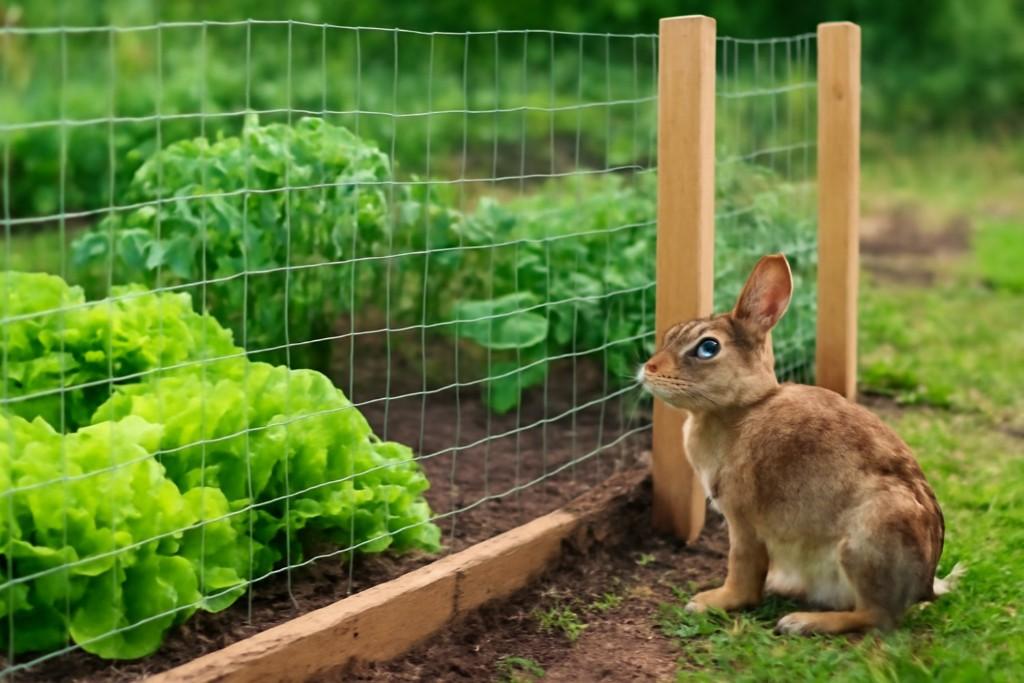A garden is often a peaceful retreat, but unwanted pests can quickly turn it into a frustrating battleground. From rabbits nibbling on vegetables to squirrels digging up freshly planted flowers, pests can be a significant threat to the health of your garden. While traditional fencing options can provide some protection, they aren’t always the most effective solution.
Fortunately, there are several clever and simple garden fence hacks that can help keep pests at bay without resorting to harmful chemicals or expensive solutions. These innovative tricks combine functionality with cost-effectiveness, ensuring your garden remains a haven for plants, not pests.
1. Chicken Wire Fence for Small Pests
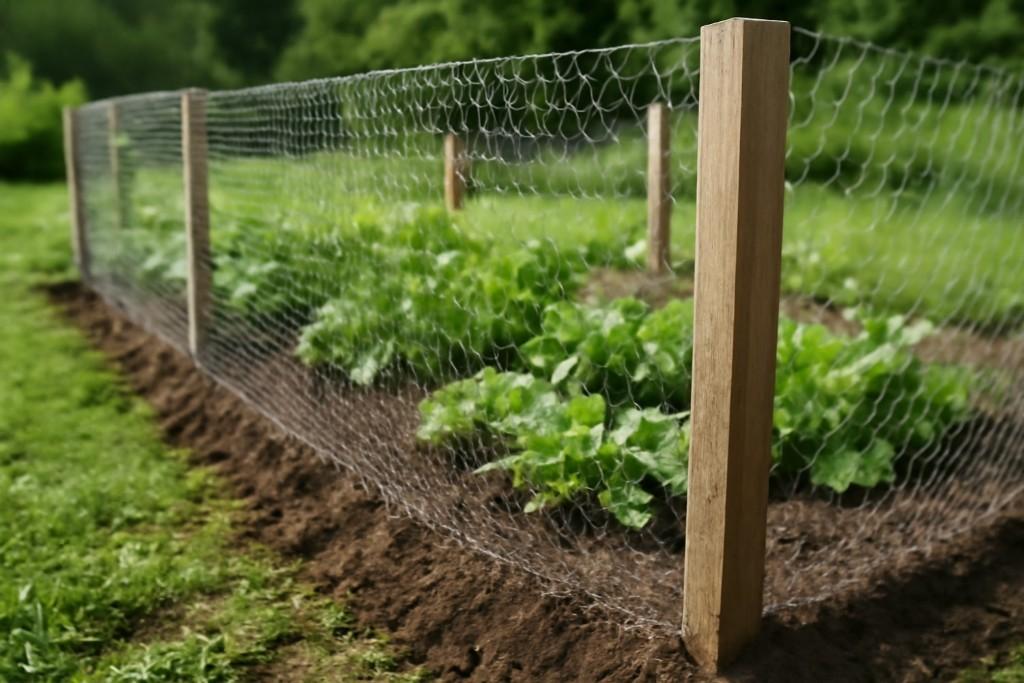
Chicken wire is a versatile material often used for securing gardens from pests. It works wonders in keeping out small animals such as rabbits and squirrels. Simply install the wire around your garden perimeter, ensuring it’s tall enough to prevent pests from jumping over.
The holes in the wire are small enough to stop most critters, while the material is durable and affordable. To prevent digging beneath, bury the wire a few inches into the soil. Chicken wire can also be used in combination with other fencing types for extra protection.
2. Plastic Mesh for Delicate Plants
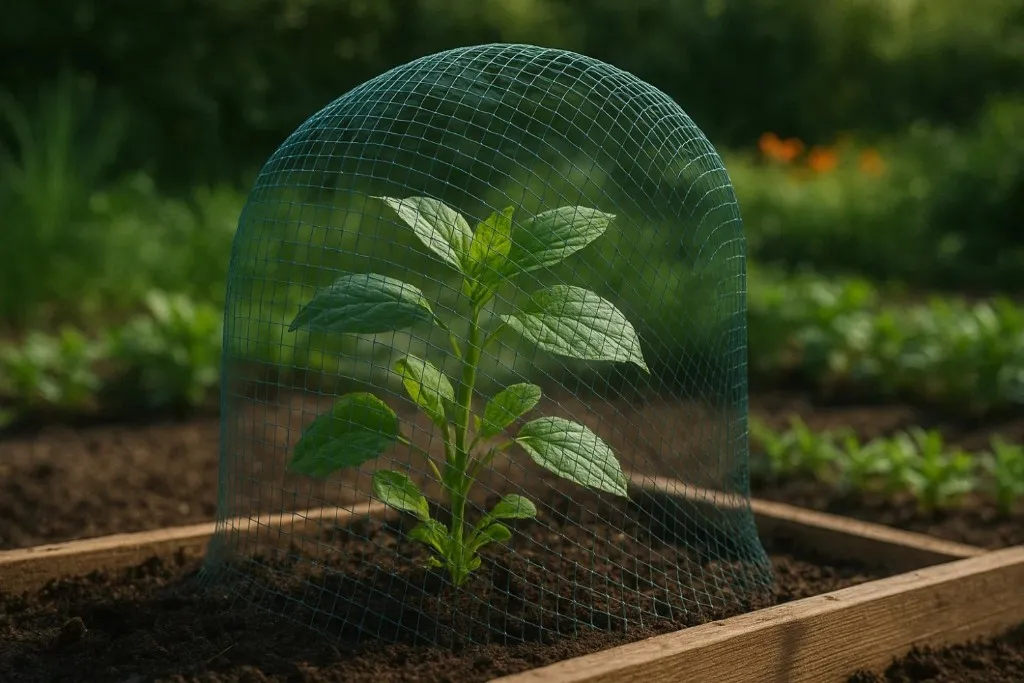
Plastic mesh, often used in construction, can be an affordable solution for protecting delicate plants. Unlike metal wire, plastic mesh is lightweight and easy to install. Its small openings create an effective barrier against smaller pests like aphids or snails.
The mesh can be draped over individual plants or wrapped around raised garden beds. It’s an ideal solution for gardeners who want to provide a protective barrier without disrupting the aesthetics of their garden. Additionally, it’s weather-resistant, ensuring long-lasting use.
3. Natural Barriers with Thorny Bushes
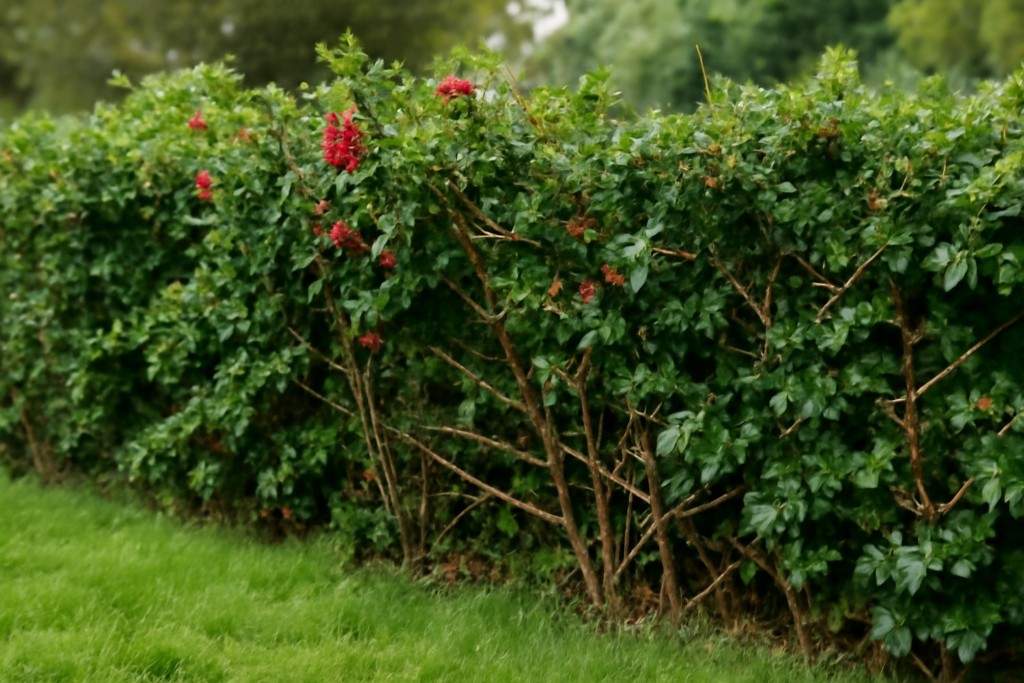
One of the oldest tricks in the book is using thorny bushes as a natural fence. Plants like holly, rose bushes, and hawthorn create an effective physical barrier against larger pests such as deer, rabbits, and even foxes. The sharp thorns discourage animals from approaching, and the dense foliage helps deter them from entering your garden.
These bushes can double as a decorative addition to your yard, providing seasonal interest with vibrant blooms or berries. They’re a sustainable, low-maintenance option that requires no artificial materials.
4. Electric Fencing for High-Risk Areas
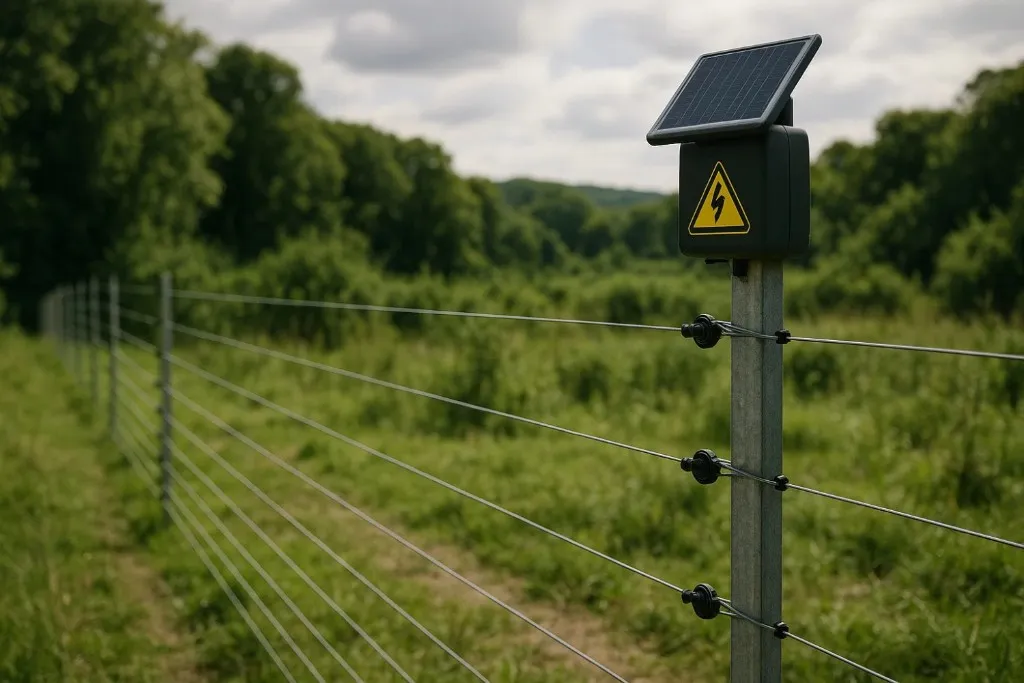
If you’re dealing with persistent or large pests like deer or wild boars, an electric fence might be the best solution. While this may seem like a high-tech approach, electric fencing has become more affordable and easier to install. A low-voltage electric fence gives a mild shock to any animal that tries to cross it, deterring them from returning.
This method is highly effective for preventing larger animals from trampling your garden or feasting on your plants. Just ensure the fence is properly grounded and check local regulations regarding electric fencing.
5. Garden Netting for Fruit Trees
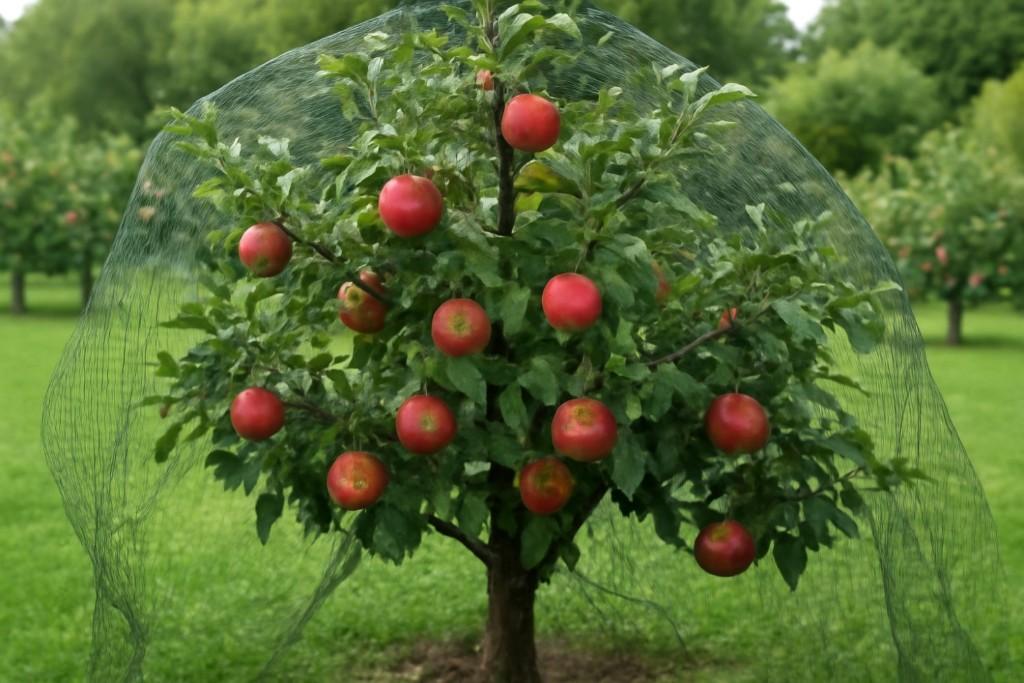
Fruit trees are often a magnet for pests, particularly birds, which can peck away at ripening fruit. Garden netting is a simple but effective solution to protect your trees. Draping netting over the branches or around the tree can prevent birds and insects from accessing the fruit.
It’s also effective in keeping out squirrels and raccoons, which are notorious for raiding trees. Netting comes in various sizes and can be easily cut to fit different tree shapes. Ensure the netting is taut to prevent entanglement and allow proper airflow for healthy growth.
6. Motion-Activated Sprinklers for Rodents
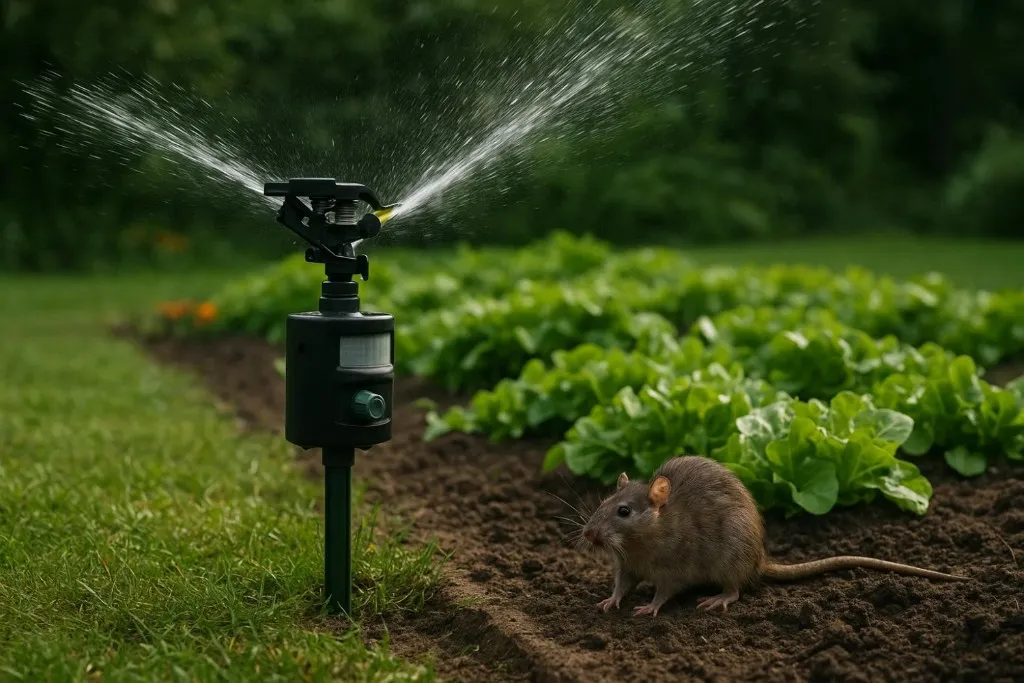
Rodents, such as rats and mice, can be a significant nuisance in gardens, especially near vegetable beds. Motion-activated sprinklers are a fantastic way to deter these pests. The sudden burst of water startles the rodents, encouraging them to leave the area.
These sprinklers are environmentally friendly and don’t require any harmful chemicals. They also help keep other wildlife from visiting your garden, including deer and birds. Motion sensors can be adjusted for different sensitivities, allowing you to target only unwanted creatures without wasting water.
7. Solar-Powered Repellents
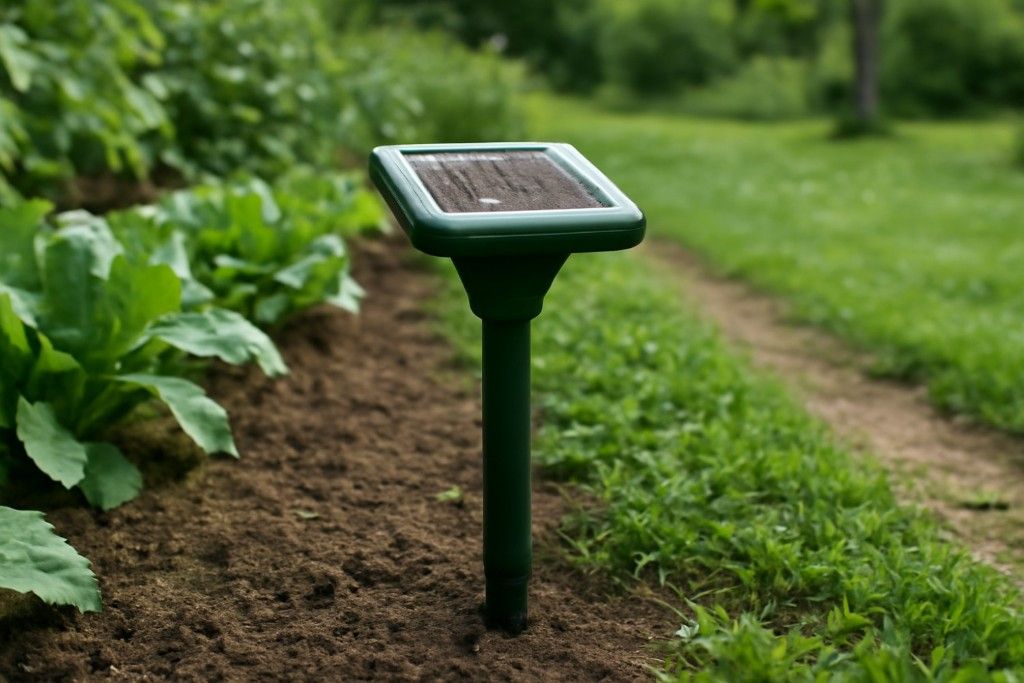
For gardeners who want a low-maintenance solution, solar-powered pest repellents are a great choice. These devices use solar energy to power ultrasonic sounds or vibrations that repel pests like rodents, moles, and insects.
The sound waves are imperceptible to humans but disturb the pests’ sensory systems, driving them away. Solar-powered repellents are environmentally friendly and easy to install in your garden. They’re especially useful for those who want a hands-off approach while keeping pests at bay.
8. Copper Tape for Snails and Slugs

Snails and slugs are common garden pests that can wreak havoc on young plants and vegetables. Copper tape is an innovative solution that can be applied around the perimeter of your garden or individual plant pots. When snails and slugs try to cross the copper surface, they receive a small electrical charge, which deters them from continuing.
This method is chemical-free, making it safe for both plants and pets. It’s particularly effective for those with raised garden beds or container gardens, as it creates an effective barrier without harming the environment.
9. Lavender and Mint to Repel Insects
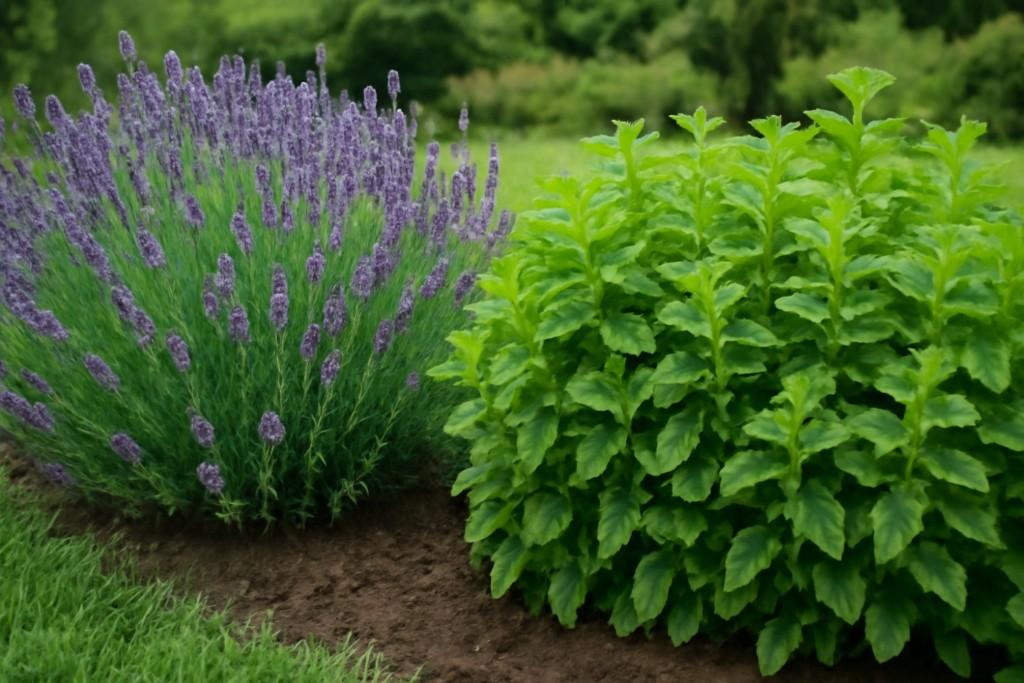
Certain plants, such as lavender and mint, are known for their strong scents, which naturally repel insects like mosquitoes, flies, and ants. Planting these herbs around the edges of your garden or near vulnerable plants can create an effective natural pest deterrent.
Lavender, in particular, is known to repel moths and flies, while mint keeps ants and rodents at bay. These plants are also beneficial for attracting pollinators, making them a dual-purpose addition to your garden that helps with pest control while promoting healthy growth.
10. DIY PVC Pipe Fence for Birds
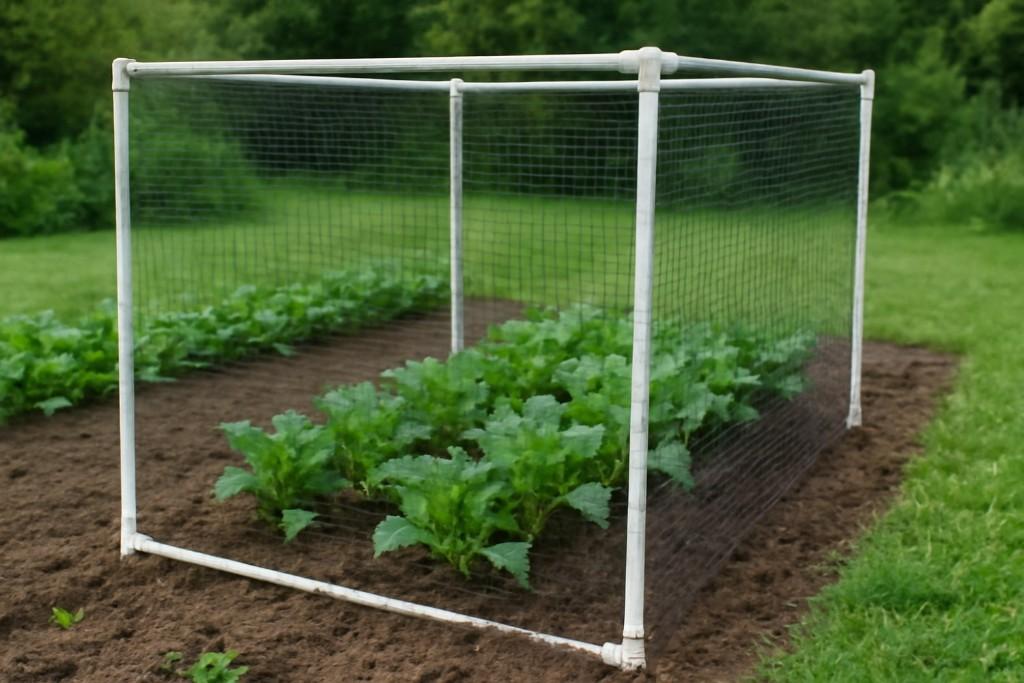
Birds can cause significant damage to gardens, especially when they peck at seedlings or fruit trees. A DIY PVC pipe fence can be an affordable and efficient solution to keep them away. The idea is to create a lightweight, tall structure using PVC pipes and attach netting or plastic mesh to the frame.
The fence should be high enough to prevent birds from flying over. This setup is easy to build, and you can customize the height and size to fit your garden’s needs. It’s a great project for those looking for a hands-on approach.
11. Garden Border with Garlic and Chili

Garlic and chili are two common household ingredients that can be used to keep pests at bay. These natural repellents can be placed around the garden in the form of sprays or powders. The strong smell of garlic and the spicy scent of chili peppers deter a variety of insects and rodents. For a simple DIY remedy, blend garlic and chili with water, then spray the mixture around the garden’s perimeter. The scent will keep pests away without harming the plants or the environment.
12. Raised Garden Beds for Easy Pest Management

Raised garden beds are an excellent way to control pest invasions in your garden. The elevation of the bed makes it more difficult for ground-dwelling pests like rabbits and insects to access your plants. Additionally, the structure of the bed allows for easier monitoring and maintenance of soil health.
To further protect the bed, you can add a wire mesh base underneath to prevent pests from burrowing through. Raised beds are especially beneficial for gardeners dealing with limited space or poor soil quality.
13. Steel Mesh Buried Below Ground Level
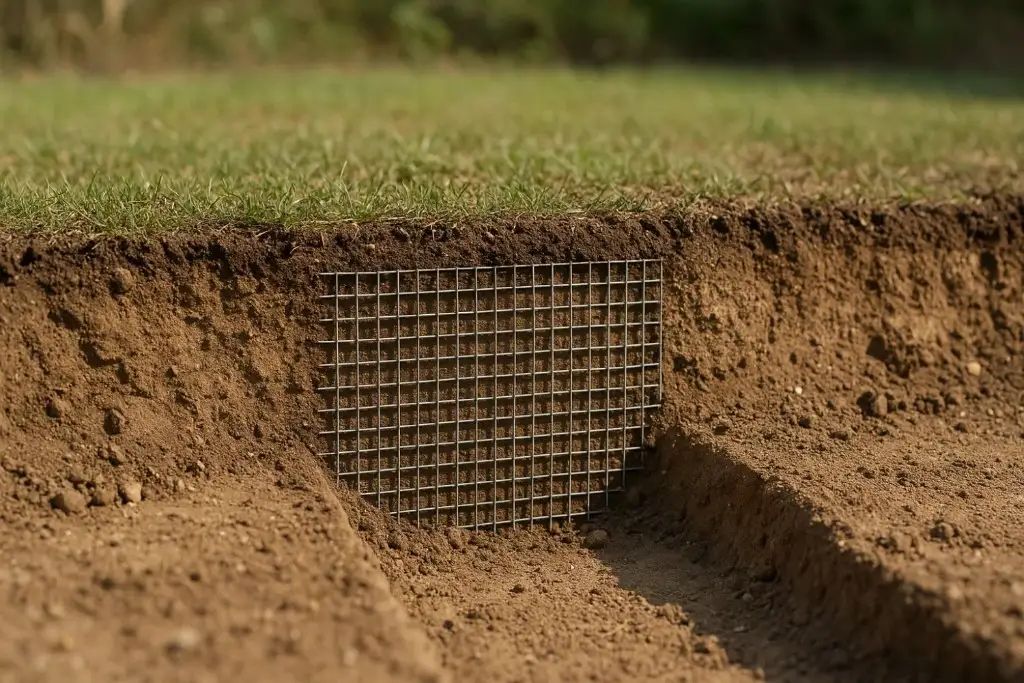
For a more permanent solution to ground-based pests, consider installing a steel mesh barrier beneath the soil. This method works particularly well for preventing burrowing animals like moles and voles from entering your garden.
The steel mesh should be buried a few inches underground around the perimeter of your garden beds. It acts as a physical barrier, preventing pests from digging through the soil and accessing your plants. This solution is durable and effective, though it requires more effort during installation.
14. Garden Pest-Repelling Essential Oils

Essential oils are a natural and non-toxic way to repel a variety of garden pests. Oils such as peppermint, citronella, and eucalyptus are known to deter insects, rodents, and even larger animals like deer. Simply mix a few drops of your chosen oil with water and spray it around your garden. Alternatively, you can soak cotton balls in the oil and place them in strategic spots. Essential oils are safe for plants, making them a great option for gardeners who prefer organic solutions to pest problems.
15. Reflective Tape to Deter Flying Pests
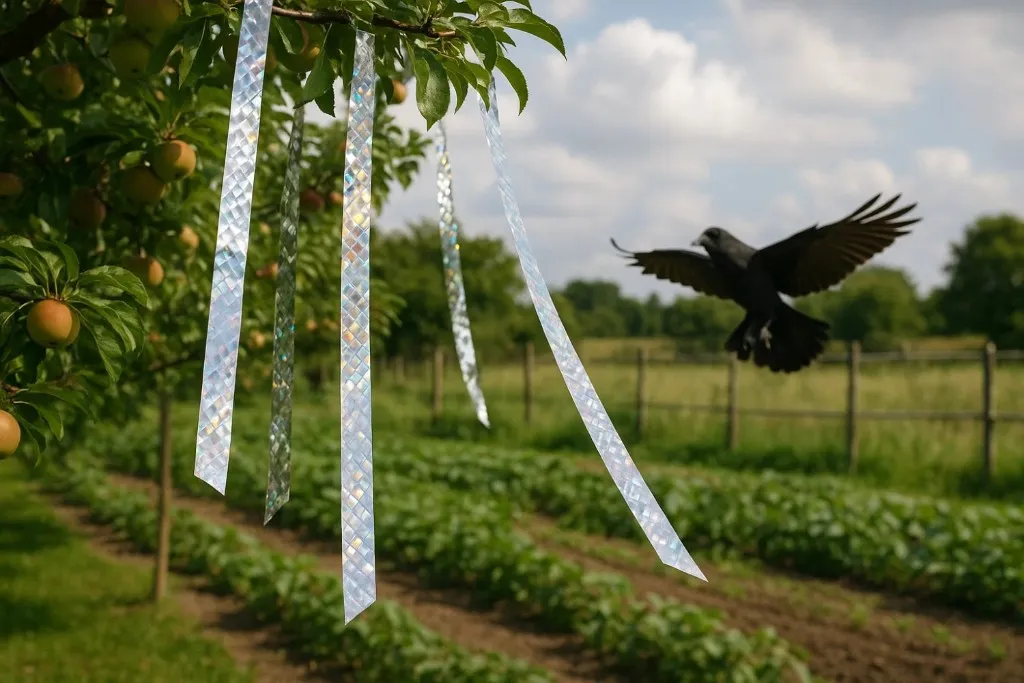
Flying pests, particularly birds and insects, can be repelled using reflective tape. The tape’s shiny surface creates an effect that disorients birds and insects, causing them to avoid the area. This method is especially useful for gardens that have large, open spaces or fruit trees.
Simply hang strips of reflective tape from nearby trees, fence posts, or trellises. The movement of the tape in the wind adds to the deterrent effect, making it a cost-effective and visually interesting way to protect your garden from flying pests.

